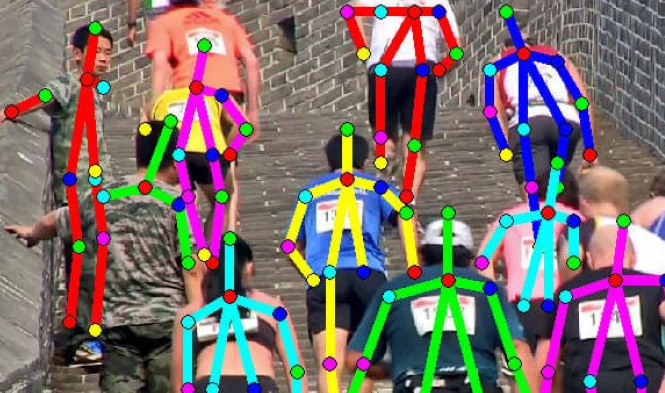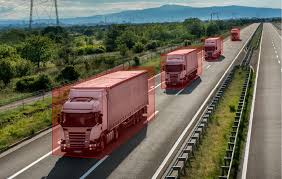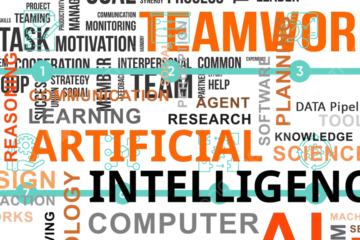Annotation Techniques for Computer Vision: A Comprehensive Guide
In computer vision, your model’s success depends heavily on the quality of its training data. This makes data annotation a critical step in developing any system. Whether you’re building an object detection model, working on image segmentation, or developing facial recognition software, picking the right annotation technique can significantly impact your results. Properly annotated data improves model accuracy while reducing errors. In this article, we’ll cover various annotation techniques, how to choose the best one for your project, and case studies of successful applications.
1. Overview of Annotation Techniques
Bounding Boxes are the most popular annotation method in computer vision. They involve drawing a rectangle around an object of interest in an image. The top-left and bottom-right coordinates of the rectangle are used as labels for training models. While effective, bounding boxes can sometimes include unnecessary background pixels, especially when objects have irregular shapes.
Use Case: Bounding boxes work well for object detection tasks where identifying and locating objects quickly is key. They are simple to implement and efficient for large datasets with multiple objects.

Polygons annotation
It uses multi-sided shapes to outline an object. This technique offers more precise labeling than bounding boxes by closely following an object’s contours. However, it’s more time-consuming and requires more manual effort.
Use Case: Polygons are ideal for complex objects like vehicles or pedestrians in autonomous driving projects. When the shape of the object is irregular, polygons provide the accuracy needed for high-quality annotations.
Instance Segmentation
It is similar to semantic segmentation but with a critical difference: it distinguishes between multiple instances of the same object class. For example, if there are three cars in an image, this technique would label each car separately. While more complex, it’s necessary when individual objects of the same class must be tracked.
Use Case: This technique is essential in scenarios like crowd analysis or vehicle tracking, where overlapping objects need to be uniquely identified.

Semantic Segmentation
It assigns a class label to each pixel in an image. This technique provides detailed understanding, allowing models to differentiate between objects and even parts of the same object. Though it provides high precision, it requires more computational power for annotation and model training.
Use Case: This is suited for tasks needing pixel-level detail, such as in medical imaging (e.g., detecting tumors in MRI scans) or land use classification in satellite images.

Keypoint Annotation
marks specific points on an object, like the corners of a box or the joints of a human body. These points help models understand an object’s structure. This method is lightweight in terms of computational cost but requires high precision during the annotation process.
Use Case: Keypoint annotation is commonly used in pose estimation, gesture detection, and facial recognition.

3D Cuboids
It extends bounding boxes into three dimensions, providing more detailed data on an object’s position, orientation, and size. This technique is crucial for projects involving 3D object detection, such as self-driving cars. However, it requires precise labeling and more resources.
Use Case: 3D cuboids are used where depth information matters, such as robotics, augmented reality, or autonomous driving.

Cuboid Annotation
2. How to Choose the Right Annotation Technique ?
Choosing the right technique depends on your project’s specific needs. Here’s what you should consider:
Project Goals
If your objective is to detect objects efficiently, bounding boxes may be enough. For tasks that require detailed understanding, like identifying specific parts of an object, semantic segmentation or keypoint annotation might be necessary.
Object Complexity
For simple, well-defined objects, bounding boxes or polygons might suffice. If the objects are complex or irregular, instance segmentation or keypoint annotation will give you better results.
Computational Resources
Some annotation techniques, like semantic segmentation, need more computational power. Ensure your resources can handle the demands of your chosen method. Poor choices can slow down training and increase costs.
Scale of the Project
Large datasets may require balancing annotation detail with the time or cost needed for annotation. In such cases, automated or semi-automated tools can help speed up the process.
3. Case Studies of Successful Annotation Projects
Case Study 1: Autonomous Driving with Instance Segmentation
A team working on autonomous driving used instance segmentation to label vehicles, pedestrians, and road signs. A challenge they faced was the crowded city environment, where objects often overlapped. Detailed annotations enabled the model to distinguish between different objects, improving navigation accuracy.
Outcome: The instance segmentation technique reduced false positives and enhanced the vehicle’s ability to navigate crowded spaces. Tackling the challenge of overlapping objects was critical to the project’s success.
Case Study 2: Medical Imaging with Semantic Segmentation
A healthcare company used semantic segmentation to annotate MRI scans, identifying tissue types and abnormalities. The main challenge was achieving pixel-level accuracy, especially for small, indistinct tumors. This required more manual effort and computational resources.
Outcome: The model achieved high sensitivity and specificity, which improved early diagnosis and treatment planning. Overcoming the challenge of labeling small, complex regions in medical images was key to success.
Conclusion
Choosing the right annotation technique is critical for building successful computer vision models. Whether you need bounding boxes for simplicity, semantic segmentation for detail, or keypoint annotation for structure, knowing each method’s strengths and limitations is essential. Poor annotation can lead to inefficiencies and higher error rates.
By focusing on your project goals, object complexity, available resources, and dataset size, you can pick the most effective technique. The case studies here demonstrate how the right annotation approach can lead to success in fields like autonomous driving, healthcare, and facial recognition.
Investing time in selecting the appropriate technique and ensuring high-quality annotations will pay off with more accurate models capable of real-world applications.


0 Comments